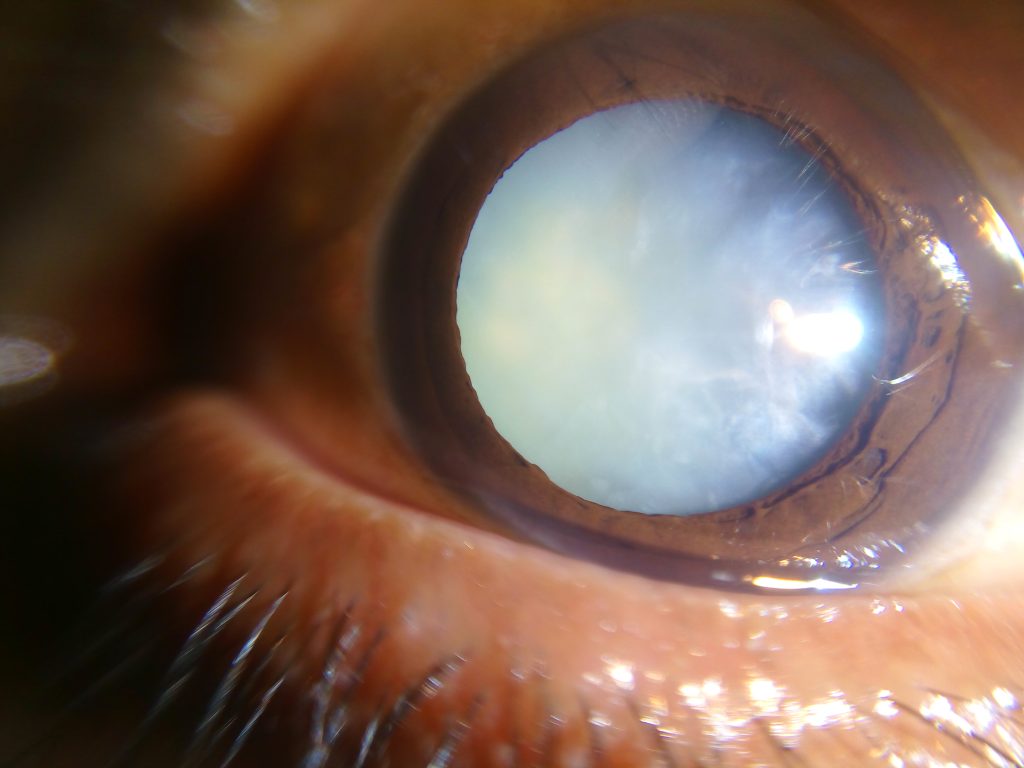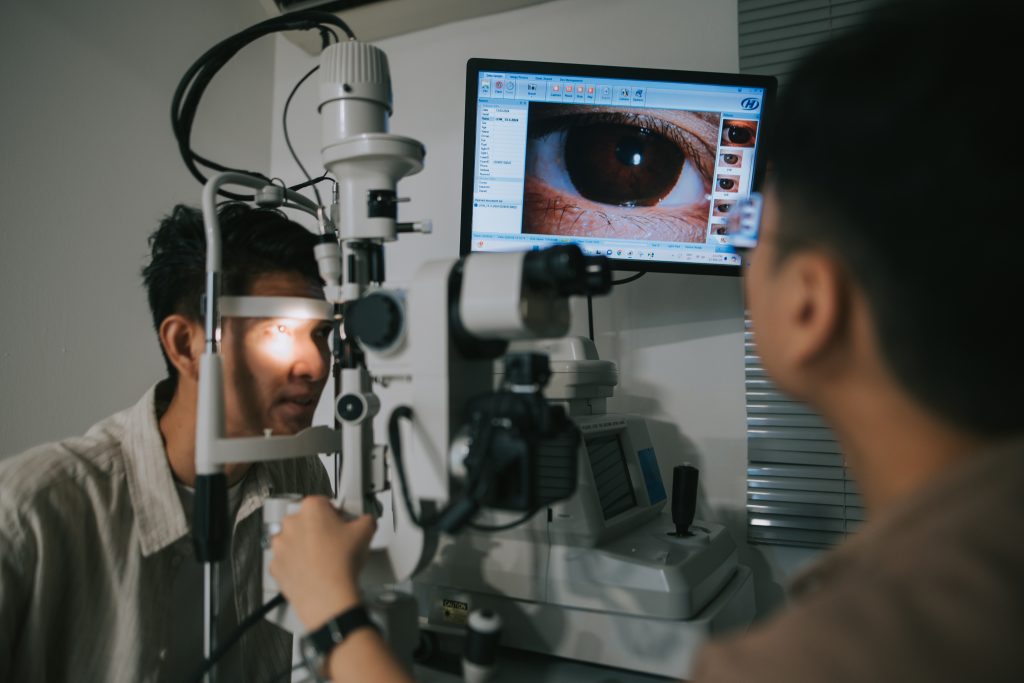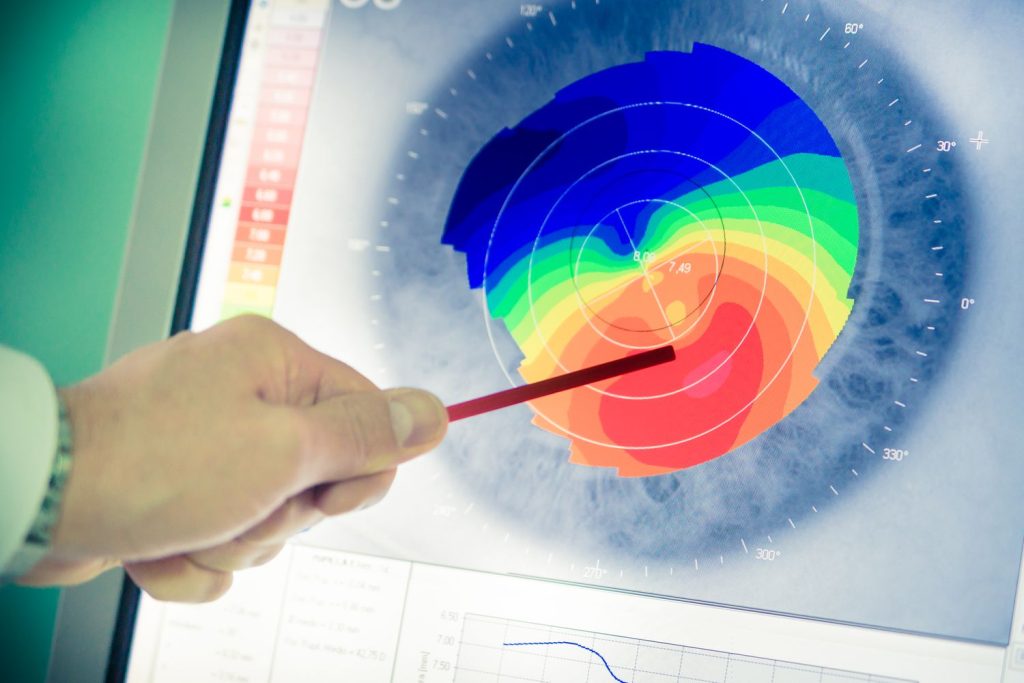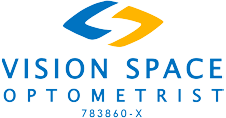EYE EXAMINATION
CATARACT SCREENING
Navigating Cataract Care for the Elderly
In Malaysia, barriers to cataract surgery include a lack of perceived need and fear of surgical outcomes, indicating a critical need for enhanced public health messaging and education to address misconceptions and fears associated with eye health interventions


RETINAL SCREENING
Protecting Vision for Diabetics
Diabetic retinopathy (DR) is a leading cause of blindness among the working-age population in Malaysia and globally. The condition progresses from mild non-proliferative abnormalities, characterized by balloon-like swelling of the blood vessels in the retina…
EYE PRESSURE SCREENING
Regular Eye Pressure Screening Matters
Glaucoma is a leading cause of irreversible blindness worldwide, often progressing without noticeable symptoms until significant vision loss occurs. It primarily affects the optic nerve when intraocular pressure (IOP) within the eye escalates, harming the delicate nerve fibers that are crucial for vision.


DRY EYE SCREENING
Optimal Eye Health in Malaysia's Seniors
Dry eye syndrome (DES), also known as dry eye disease (DED), is a multifaceted condition that affects a significant portion of the global population, particularly the elderly. It is characterized by a lack of adequate lubrication and moisture on the surface of the eye, leading to various symptoms such as discomfort, visual disturbance, and tear film instability.
SLIT LAMP EXAMINATIONS
The Crucial Role of Slit Lamp Examinations for Diabetics
Slit lamp examinations are crucial for individuals with diabetes due to their high risk of developing eye diseases. This examination utilizes a microscope-like device to inspect the frontal eye structures in detail, including the cornea, iris, and lens, allowing for the early detection and management of conditions like diabetic retinopathy


CORNEAL TOPOGRAPHY
Corneal Topography for Tailored Contact Lens Solutions
Corneal topography is a sophisticated diagnostic tool that maps the surface of the cornea, the eye’s outermost layer. This non-invasive imaging technique provides detailed information about the shape and curvature of the cornea, which is crucial for diagnosing and treating various eye conditions

